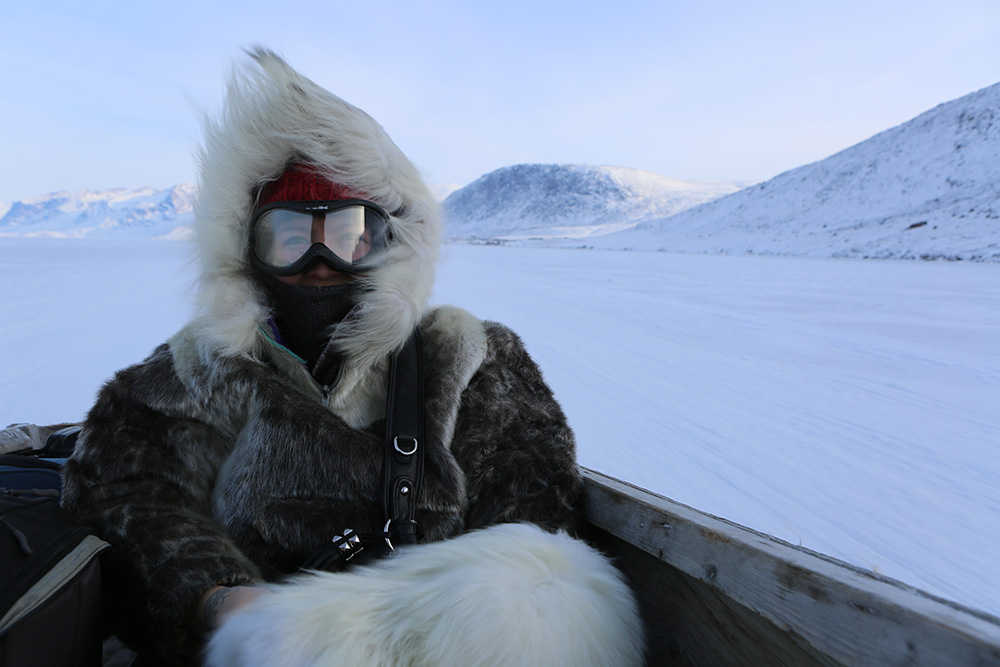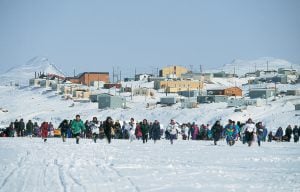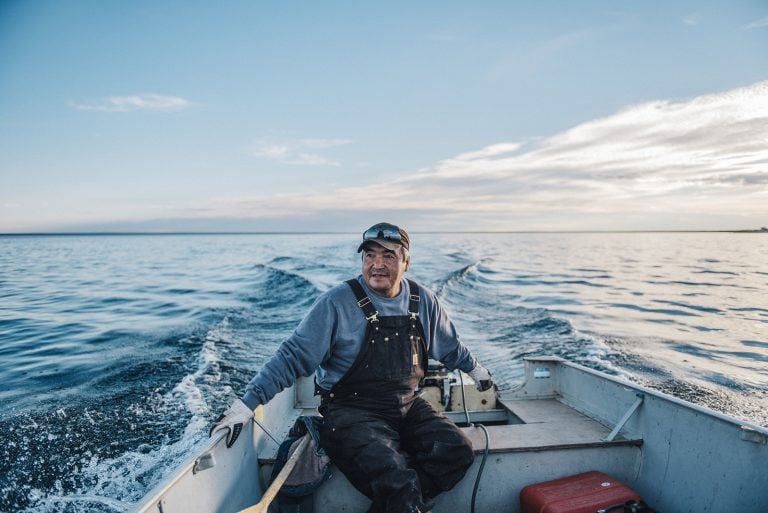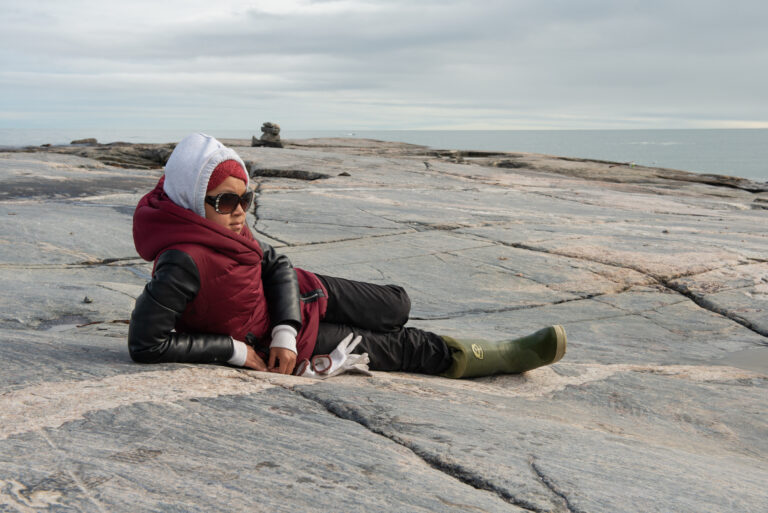
Environment
Inside the fight to protect the Arctic’s “Water Heart”
How the Sahtuto’ine Dene of Déline created the Tsá Tué Biosphere Reserve, the world’s first such UNESCO site managed by an Indigenous community
- 1693 words
- 7 minutes
This article is over 5 years old and may contain outdated information.
People & Culture

In 1983, the European Union banned the sale of whitecoat harp seal pup skins, and animal activists around the world rejoiced. The ban was the crowning achievement of a decades-long campaign by organizations like Greenpeace and the International Fund for Animal Welfare to end the commercial seal hunt, emblematized by the loveable newborn harp seal.
But thousands of kilometres away, remote Inuit communities in the Canadian Arctic — already reeling from the effects of forced relocation and residential schools — lost a key source of income almost overnight, and saw their traditional way of life unfairly condemned on the world stage.
Thirty years later, Inuk filmmaker Alethea Arnaquq-Baril, who grew up in the Arctic in the aftermath of the ban, decided to set the record straight. Her documentary, Angry Inuk, was released in 2016 to a mixture of praise and controversy; now, the film has been adapted for television and will premiere to Canadian audiences as part of CBC’s DOCS POV series.
The documentary follows Arnaquq-Baril, lawyer Aaju Peters and a host of other Inuit hunters and activists as they challenge misconceptions about the seal hunt perpetuated, intentionally or not, by animal welfare groups.
“I wanted to make this film because it bothered me when I saw animal welfare groups portray seal hunting as an evil and greedy thing,” Arnaquq-Baril says in the film. “The images and statements they put out don’t reflect the seal hunting that I know. They don’t even mention Inuit.”
Seal hunting in the Arctic is rooted in a subsistence tradition. Some skins were sold on the international market, while others were used locally to make clothing and crafts, and meat and byproducts were shared between families and communities. When the EU implemented its ban on the skins of baby harp seals (which Inuit do not hunt), the entire global market for seal skins collapsed. Between 1982 and 1983, the average annual income for an Inuit seal hunter in Resolute Bay fell from $54,000 to $1,000. Suicide rates, already on the rise in the North, spiked after 1983.
For their part, animal welfare groups such as IFAW and the Humane Society say they were never opposed to Indigenous subsistence hunting, and indeed, the EU’s “seal regime” makes an exception for seal products that originate from Inuit communities. However, Peters and other activists featured in Angry Inuk maintain that without a viable global market for seal products (34 countries worldwide, including some of Canada’s biggest trading partners, have banned the importation and sale of seal products), the livelihoods of Inuit hunters and their families remain precarious.
“We need to remind the world we exist,” says Arnaquq-Baril.
Angry Inuk airs on CBC-TV Sunday, Jan. 7 at 9 p.m. ET, and will be available to stream on the DOCS POV website after 5 p.m. on Jan. 5. Watch the trailer below:

Environment
How the Sahtuto’ine Dene of Déline created the Tsá Tué Biosphere Reserve, the world’s first such UNESCO site managed by an Indigenous community

People & Culture
For generations, hunting, and the deep connection to the land it creates, has been a mainstay of Inuit culture. As the coastline changes rapidly—reshaping the marine landscape and jeopardizing the hunt—Inuit youth are charting ways to preserve the hunt, and their identity.

History
On April 1, 1999, Canada’s youngest population took control of its largest territory. Here’s how Canadian Geographic covered the story.

Environment
The uncertainty and change that's currently disrupting the region dominated the annual meeting's agenda

Environment
How the Sahtuto’ine Dene of Déline created the Tsá Tué Biosphere Reserve, the world’s first such UNESCO site managed by an Indigenous community

People & Culture
For generations, hunting, and the deep connection to the land it creates, has been a mainstay of Inuit culture. As the coastline changes rapidly—reshaping the marine landscape and jeopardizing the hunt—Inuit youth are charting ways to preserve the hunt, and their identity.